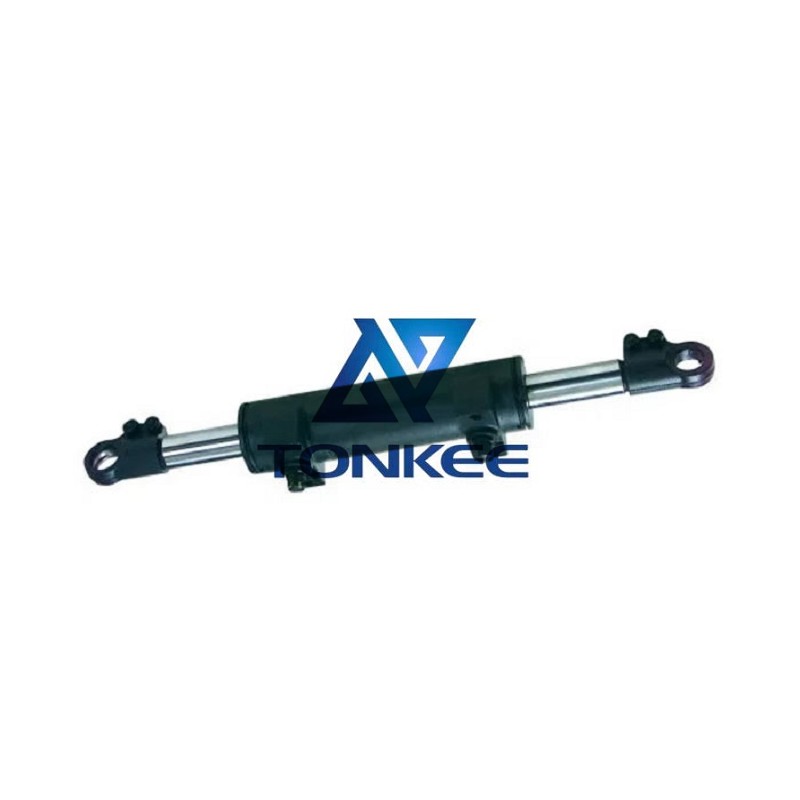
Cylinder Barrel: The cylinder barrel is the main body of the hydraulic cylinder, typically made of steel or other robust materials to withstand high pressure and heavy loads.
Piston: Inside the cylinder barrel is a piston, which is connected to the forklift's lifting mechanism. The piston divides the cylinder into two chambers: the rod side and the cap side.
Rod: The rod is attached to the piston and extends outside the cylinder barrel. It is responsible for transmitting the force generated by the hydraulic pressure to the load being lifted.
Seals: Seals are crucial for preventing hydraulic fluid leaks and maintaining system integrity. Common seal types include rod seals, piston seals, and wiper seals.
Hydraulic Ports: Hydraulic cylinders have ports for the inlet and outlet of hydraulic fluid. These ports are connected to the forklift's hydraulic system.
Working Principles:
The operation of a forklift hydraulic cylinder is based on Pascal's principle, which states that when pressure is applied to an enclosed fluid, it is transmitted uniformly in all directions. In a forklift, hydraulic fluid is pumped into one side of the cylinder (either the rod side or the cap side) through the inlet port. This creates pressure within the chamber, pushing the piston and, consequently, lifting the load connected to the rod. To lower the load, the hydraulic fluid is directed to the other chamber while allowing the fluid in the first chamber to flow back into the hydraulic reservoir.
Bore Size: The bore size refers to the diameter of the cylinder barrel. A larger bore size can accommodate more hydraulic fluid and generate greater lifting force. Common bore sizes for forklifts range from 2 to 6 inches.
Stroke Length: The stroke length is the maximum distance the piston can travel inside the cylinder barrel.
It determines the maximum height to which the forklift can lift loads. Typical stroke lengths range from 4 to 48 inches.
Operating Pressure: The operating pressure represents the maximum hydraulic pressure the cylinder can handle safely. It is usually specified in pounds per square inch (psi) and can vary from 1,000 to 5,000 psi or more, depending on the forklift's design and application.
Mounting Type: Forklift hydraulic cylinders can be mounted in various ways, such as clevis mounts, trunnion mounts, or flange mounts, depending on the forklift's configuration and requirements.
Materials: Cylinder barrels are typically made of high-strength steel, while the piston rod may be chrome-plated to enhance durability and corrosion resistance.
Seal Type: The choice of seal material and design is critical to ensure a long-lasting, leak-free hydraulic cylinder. Common seal materials include nitrile rubber, polyurethane, and PTFE.
End Configuration: The design of the rod and piston ends can vary, including features like spherical bearings, eye mounts, or other custom configurations to suit specific applications.



 English
English Türkçe
Türkçe


